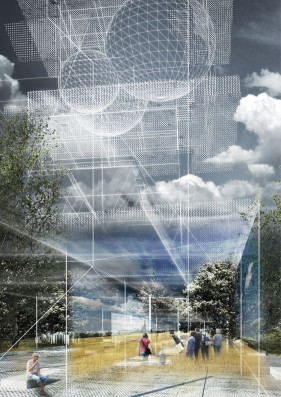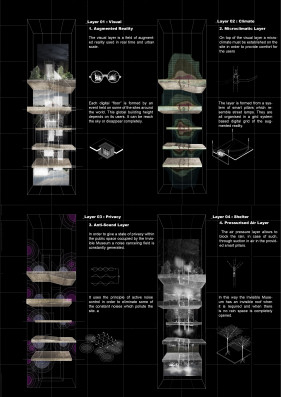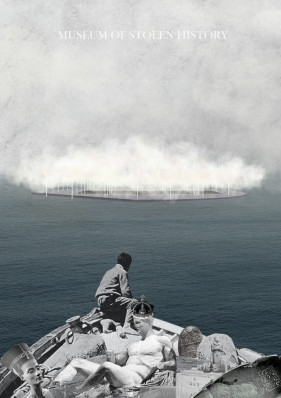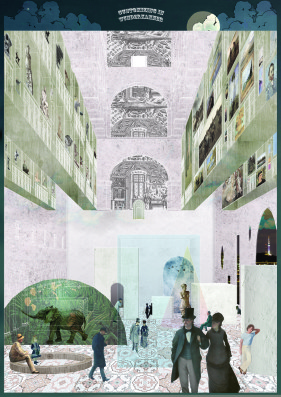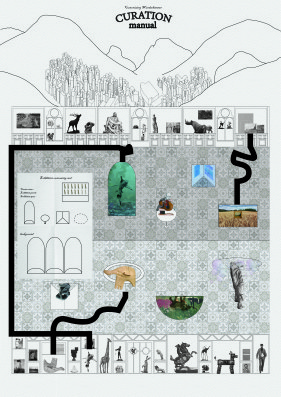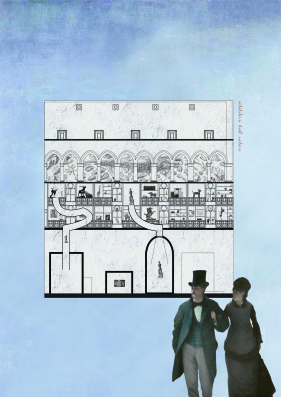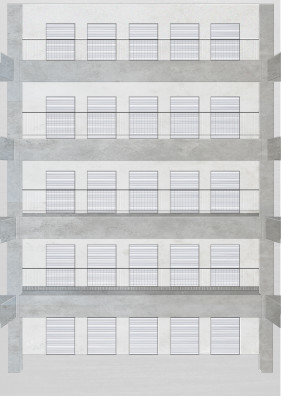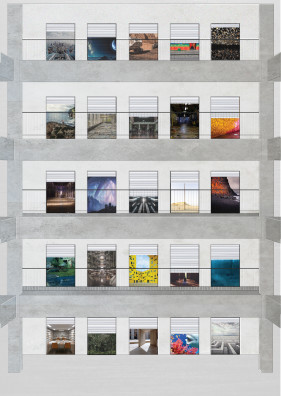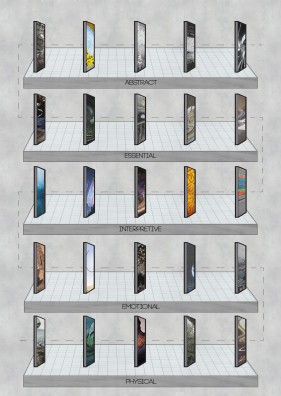TEAM: Rafaela Agapito, Thaylini Luz, Miguel Pereira – Brazil – cora atelier
Since ancient times the conquerors take the treasures of the defeated. There are millions of looted artefacts around the world, especially in widely known museums such as the British Museum and the Louvre. Most of these institutions bear in their history the marks of being repositories for stolen art in the context of war, imperialism, and colonialism.
Currently, the cases of repatriation have been rising. One of the most common argument in defense of the museums is the notion that cultural heritage belongs to the world, not to a civilization, therefore should stay on a cosmopolitan place. However, why should the western cities represent the world’s view and perpetuate the inequalities between the West and the rest of the world?
Seeking to distance itself from any sort of political games of strength between countries, The Museum of stolen objects history is placed in international waters. It functions as a self-governed institution: all the looted art is rescued from these museums that perpetuate the colonialist narratives and are taken to the museum where they will be studied. In more ways than none this museum is not really a museum, it’s an antimuseum or even more so – It’s a disciplinary action.
T/
Since ancient times the conquerors take the treasures of the defeated. There are millions of looted artefacts around the world, especially in widely known museums such as the British Museum, the Louvre Museum and the ones on Museum Island in Berlin. Most of these institutions bear in their history the marks of being repositories for stolen art in the context of war, imperialism, and colonialism and have these objects in exhibition till this day.
Currently, the cases of repatriation have been rising and one of the most common argument in defense of the museums is the notion that cultural heritage belong to the world, not to a people, therefore should stay on a cosmopolitan place such as London and Paris. However, why should the western cities represent the world’s view and perpetuate the inequalities between the west and the rest of the world? Why should the artefact only be studied by European professionals and scholars?
Seeking to distance itself from any sort of political games of strength between countries, The Museum of stolen history is placed in the international waters. It functions as a self-government institution: all the looted art is rescued from these museums that perpetuate the colonialist narratives and are taken to The Museum of stolen history where they will be studied. In more ways than none this museum is not really a museum, it’s an antimuseum or even more so – It’s a disciplinary action.


